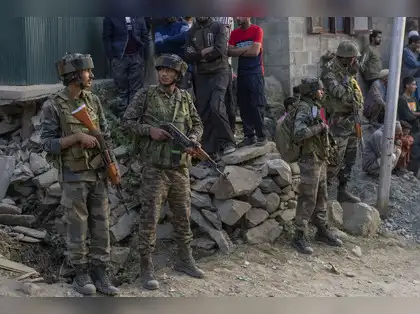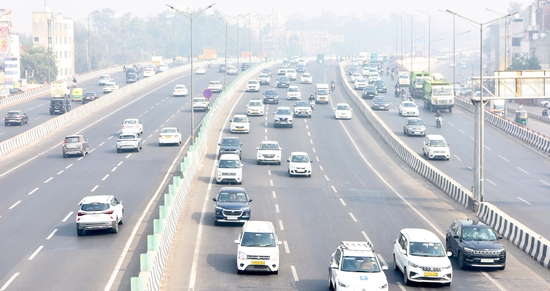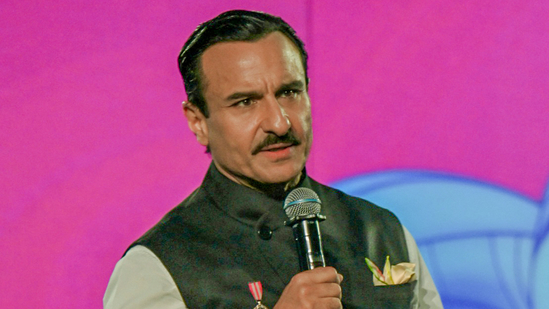India has temporarily stopped a major water-sharing agreement with Pakistan, according to the foreign ministry. This decision comes after a serious attack on civilians in Kashmir by gunmen, which is one of the worst incidents in years. Vikram Misri, India’s top diplomat, stated that the Indus Waters Treaty, which was signed in 1960, will not be active until Pakistan stops supporting terrorism across the border.
What is the Indus Waters Treaty?
The Indus Waters Treaty is a deal made between India and Pakistan after nine years of talks. It tells which rivers each country can use. Pakistan gets the water from the Indus, Jhelum, and Chenab rivers, known as the Western Rivers. India gets water from the Ravi, Beas, and Sutlej rivers, known as the Eastern Rivers. However, both countries can use some rivers that belong to the other country under specific rules.
How Does It Work?
India and Pakistan have disagreements regarding the designs of two hydroelectric power plants: Kishenganga and Ratle. Kishenganga started operating in 2018, while Ratle is still being built. The money for these projects does not come from the World Bank. The countries argue whether the design of these plants goes against the rules of the treaty. Both plants are located in India and use tributaries of the Jhelum and Chenab rivers. Pakistan has the right to use these rivers freely, but India can build power facilities, following certain guidelines.
Potential Impact on Pakistan
According to the treaty, India can produce electricity using the rivers it is allowed to use, but it has to follow specific rules on how to build and operate these projects. Pakistan receives about 80% of the water from the Indus River system, while India manages around 20%. Currently, India uses over 90% of its share of water from this system.
What Rights Does India Have Under the Treaty?
India can manage to irrigate more land in Jammu and Kashmir and Ladakh based on the treaty. However, so far, it has only been able to irrigate a smaller portion of the land. The treaty also permits India to store water from the western rivers, but not much storage capacity has been built in Jammu and Kashmir yet. India can also construct run-of-river dams, which help control the flow of water, but do not block it completely.





Leave a Reply